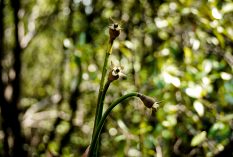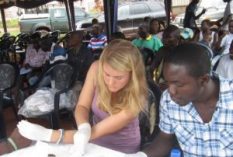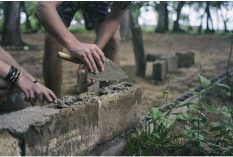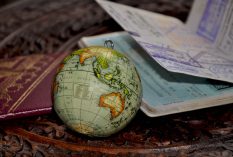On April 25th 2015, an earthquake of 7.8 magnitude hit Nepal, killing thousands of people and destroying properties worth millions. Many villages were flattened and many age old cultural heritages collapsed. On May 12th 2015, a major aftershock of 7.3 added to the toll. Now, much has returned to normal, with one exception – the tourism industry.
The tourism industry has been hit hard by the quake. The excessive lack of tourists in recent times has been additionally damaging to the already weakened state of Nepal. Understandably, people are worried. Everyone has one question in mind – is Nepal safe to travel to?
Yes. It is!
Nepal Safe to Travel
Nepal is as safe as ever. The affected areas are rebuilding and most of them are already up and running. Dangerous areas have been closed off. Dangerous buildings have been marked, closed or demolished. There is no shortage of food or water, no outbreaks of any diseases, people have returned to their homes, opened up their business and life is proceeding as usual. Most importantly of all, Nepal is bigger than the 10 districts that were damaged. An info graphic (at the bottom of the post); made by a trekking agency in Nepal gives an overall idea of the situation.
Which areas are safe?
Kathmandu, the capital city where one will inevitably land when flying in to Nepal, is safe. Major tourist destinations such as Pokhara, Chitwan and Lumbini are safe. These cities were not even affected by the earthquake. The Natural World Heritage sites of Chitwan National Park and Sagarmatha National Park are safe. All the trek routes, except for Langtang Trek and Manaslu Circuit Trek are safe and open for trekking. In fact, 65 of the 75 districts of Nepal were not hit by earthquake. They have always been safe. Now, all of Nepal is safe. However, the Gorkha and Langtang areas, which were hit the hardest, should be avoided for a while as the villages there still have aid coming in. The conditions there are a bit dire but safe nonetheless.
What tourist activities can be done?
Trek, bungee, raft, paraglide in Pokhara, book a jungle safari in Chitwan, visit the ancient ruins of Lumbini; everything is still intact and functioning. Kathmandu Valley, known for its cultural heritages, has suffered a heavy loss. Yet, with much that is left, it would make for days of sightseeing.
Trek! Except for the Langtang and Manaslu region, all the remaining hundreds of amazing trails are safe and open. None of the airports or aircrafts were damaged. So, take a Mountain Flight or any domestic flight. Normal is the word. Things are back to normal.
What tourist attractions will be missed?
Many cultural heritage sites do not exist anymore. Dharahara Tower, a 19th century watchtower that once loomed over the city, is now just rubble. The three Durbar Squares (palace squares) from three ancient kingdoms lost several of the religious and historical monuments. However, for every four monument that collapsed, six are still standing.
Another World Heritage site, Pashupatinath is unscathed. Bouddhanath has sustained only a minor damage at the base. The stupa of Swayambhunath is well. Pratapur Temple, adjacent to the stupa, was sadly completely destroyed though.
The seventh World Heritage site of the valley, Changu Narayan Temple was also damaged.
But even taking all this destruction into account, the amount of tourist destinations affected by earthquake is actually few in comparison.
Conclusion
So, Nepal is safe. Visit Nepal to help Nepal. There is no better time to do so than now. Hotels are cheaper with offers of up to 50% off. Less tourists makes for a better and less crowded tour. It is a great time, for both you and the country!
Global Nomadic offers Professional Internships, Volunteer Projects and TEFL Programmes in 29 countries worldwide. Start travelling your career today!











